
All categories
Featured selections
Trade Assurance
Buyer Central
Help Center
Get the app
Become a supplier

(11993 products available)













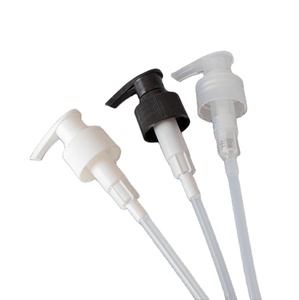


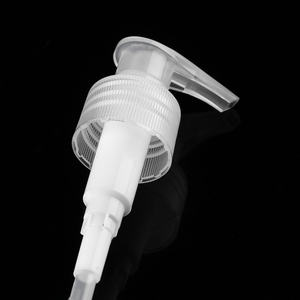



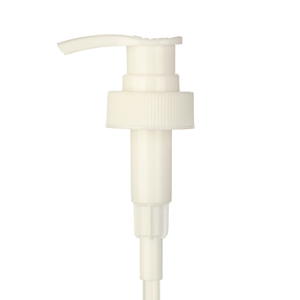

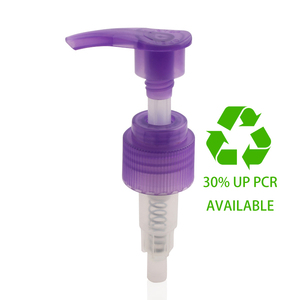





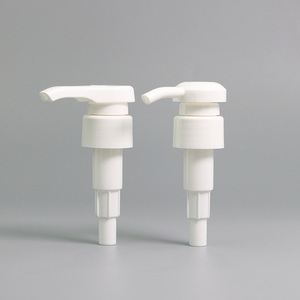






The nozzle dispensers pump types differ according to their usage and the materials they dispense. Hence, they include manual and power-operated pumps.
The pumps can be used with a variety of liquids, including lubricants and thin chemicals. Their simple mechanical operation makes them easy to maintain.
The pneumatic dispenser pump is powered by compressed air. They are mainly used in situations needing constant and fast dispensing. They work best with high-viscosity materials when manual dispensing is impractical or impossible.
Hydraulic pumps are used to dispense fluids with specific viscosities. Hydraulic pumps require a greater investment and expertise to operate than pneumatic ones. However, hydraulic pumps are more steadily, offering greater precision than pneumatic pumps.
Manual dispensing pumps need to be operated by hand. Such kinds of pumps are suitable for small batches of liquid. They may be lower in initial costs. Yet, they are less efficient and basically suitable for tasks requiring limited dispensing operations.
Electronic dispensing pumps are adjustable, which improves their accuracy. For example, using an electronic nozzle gas dispensers pump to dispense adhesives or sealants can save much time and guarantee correct adhesive application.
The electronic pumps require a lower workload than manual pumps. Although they have higher initial costs than manual pumps, their efficiency pays off in high-volume operations.
Engineered plastics like ABS and polycarbonate are normally applied due to their reasonable balance of strength and flexibility. Also, these plastics are resistant to many chemicals, making them ideal for dispensing a broad range of materials. Furthermore, they weigh less than metal, making them more generally easy to operate and transport.
Stainless steel is the most commonly used metal in mechanical engineering due to its corrosion resistance. This feature makes it ideal for dispensing abrasive or corrosive fluids. Moreover, stainless steel can resist high temperatures, which makes it suitable in environments with increased heat. Also, stainless steel is stronger than other materials.
Aluminum provides a cheaper alternative to stainless steel, representing a better compromise between cost and performance. Although not as strong as stainless steel, it offers good resistance to corrosion. Besides, lightweight construction makes it more useful to manufacture pumps for dispensing liquid substances in the lubricant industry.
Furthermore, brittle plastics like acrylic are applied in low-cost operations. Acrylic's clarity allows users to see the pump's contents. However, these plastics are not ideal for high-stress applications because they can crack or break easily. Moreover, they are less resistant to many chemicals.
Ceramics are used in hydraulic dispensing pumps because of their high durability and resistance to chemical degradation. These materials are more easily damaged than metal or plastic, which makes them unsuitable for applications involving mechanical shock or drop. Nevertheless, they are the most durable materials and able to function well in high-temperature environments.
The size and shape of the nozzle are very critical in determining how well the pump dispenses its content. Customized nozzles can offer varying sizes to regulate the output rate. Also, they can be fine or coarse, which determines the output spray or stream pattern.
This customization allows for dispensing a wide range of items, from thick materials like adhesives and sealants to thin ones like paints and solvents. Besides, this makes the pumps versatile and suitable for different applications.
Thus, the customization options are ideal for increasing the efficiency and durability of the pump. Moreover, advanced materials help resist more chemicals and cultivate high temperatures.
The speed of a nozzle liquid dispenser pump directly affects the dispensing process. For instance, variable speed controls allow users to alter the pumping speed per the material's viscosity. This feature is beneficial in industries requiring precision, like electronics or aerospace. In such cases, fast dispensing is dangerous, while in others, like lubricants, slow dispensing is meaningless.
Likewise, different materials require different pressure to achieve the desired results. Thus, high pressures are good for thin materials where low pressures can be useful for thick materials.
The automatic pressure regulation dispensers pump helps maintain a constant pressure throughout the operation. It, therefore, ensures a steady material flow without wastage.
Manufacturers consider several factors while designing customized pumps.
Nature And Properties Of Material
Compatibility With Dispensed Material
The pump construction material must be compatible with the dispensed material.
Precision And Control
When selecting a pump, manufacturers consider how important dispensing accuracy is for that particular application. They focus on precision in industries like pharmaceuticals and electronics. In such cases, small variations can lead to poor results. Conversely, in applications like lubricating machinery, accuracy may not be that critical.
Production Volume And Speed
Manufacturers evaluate the requirements of dispensing speed and volume. In high-traffic applications, using an electronic pump is more efficient than using a mechanical pump. Also, they consider the batch size. If the batch size varies widely, they will opt for a pump with adjustable settings.
Durability And Maintenance
In industry, especially in construction, pumps must be durable enough to handle the workload for a longer time. Manufacturers assess the expected wear and tear when selecting a pump. They will analyze the operating conditions, including temperature and pressure ranges.
Cost And Budget
The cost includes the initial purchase price, installation, and maintenance requirements. Budget constraints determine which option is dispensed. Mechanical pumps are less expensive, costing less to maintain. Yet, electronic pumps have greater precision and efficiency, higher overall costs, and greater energy consumption.
A1: Pumps' material, construction, and workload determine longevity. Also, maintenance practices affect the longevity of the pump.
A2: Compressed air is the most common solvent for pneumatic pumps because they do not consume much energy. Hydrocarbon-based solvents are recommended due to their ability to resist wear while reducing friction between moving parts. This increase in lubricants makes them ideal for hydraulically-operated pumps.
A3: Some pumps are designed to handle corrosive environments. For instance, stainless steel, ceramic, and certain plastics are resistant to corrosive substances.
A4: Regular cleaning, lubrication, inspection of wear-related parts, and prompt repair of defects can extend the life of dispensing pumps.